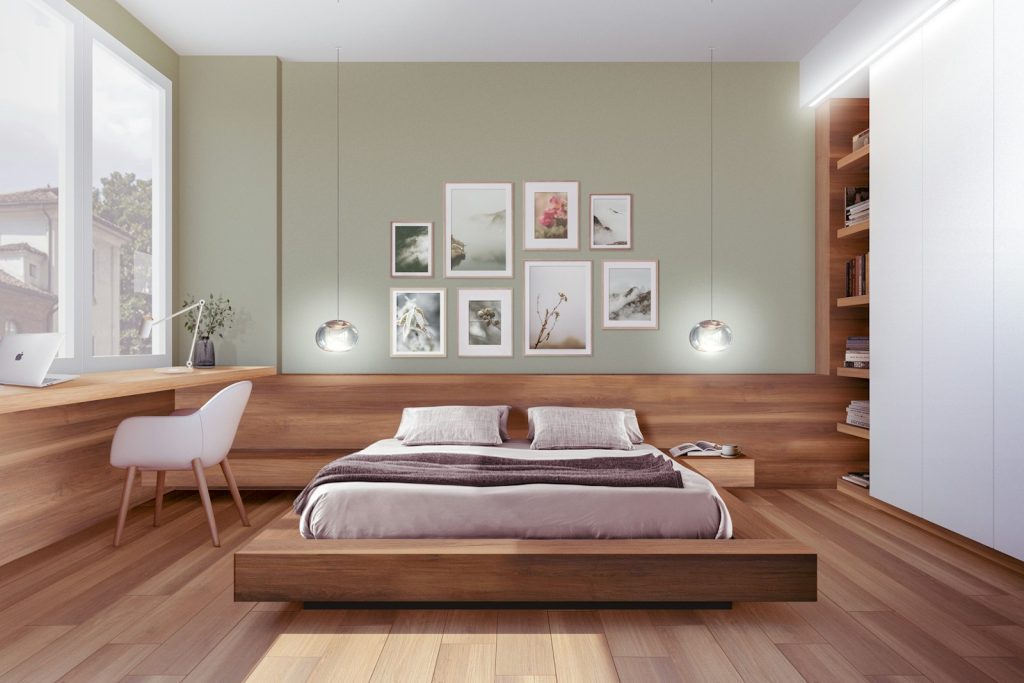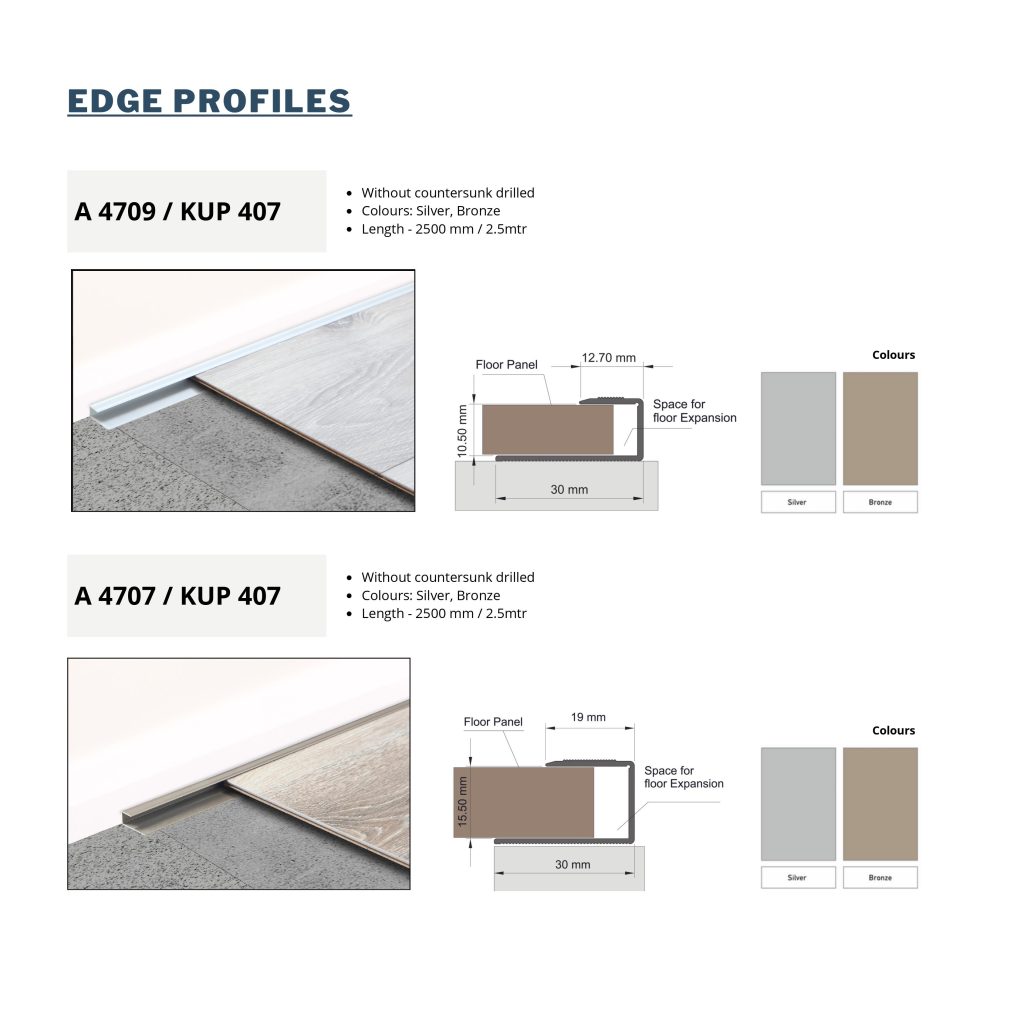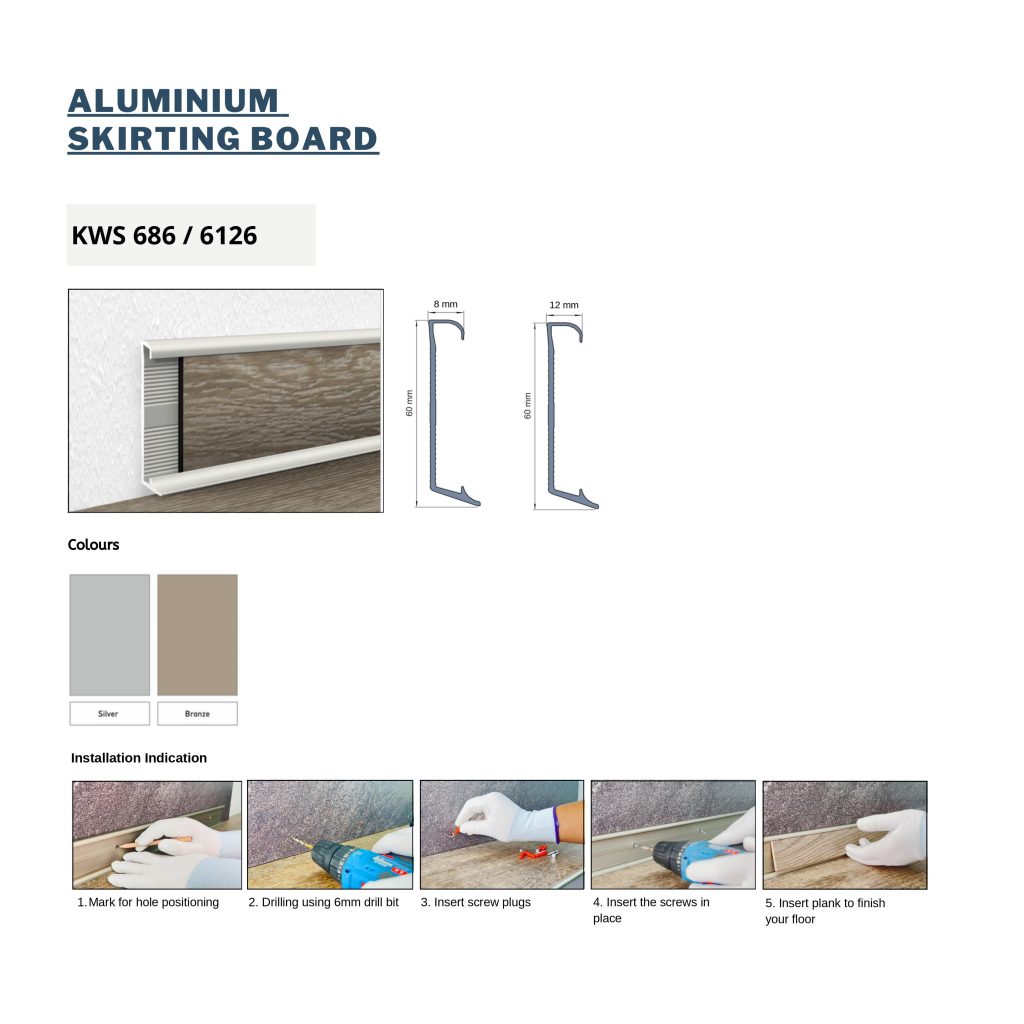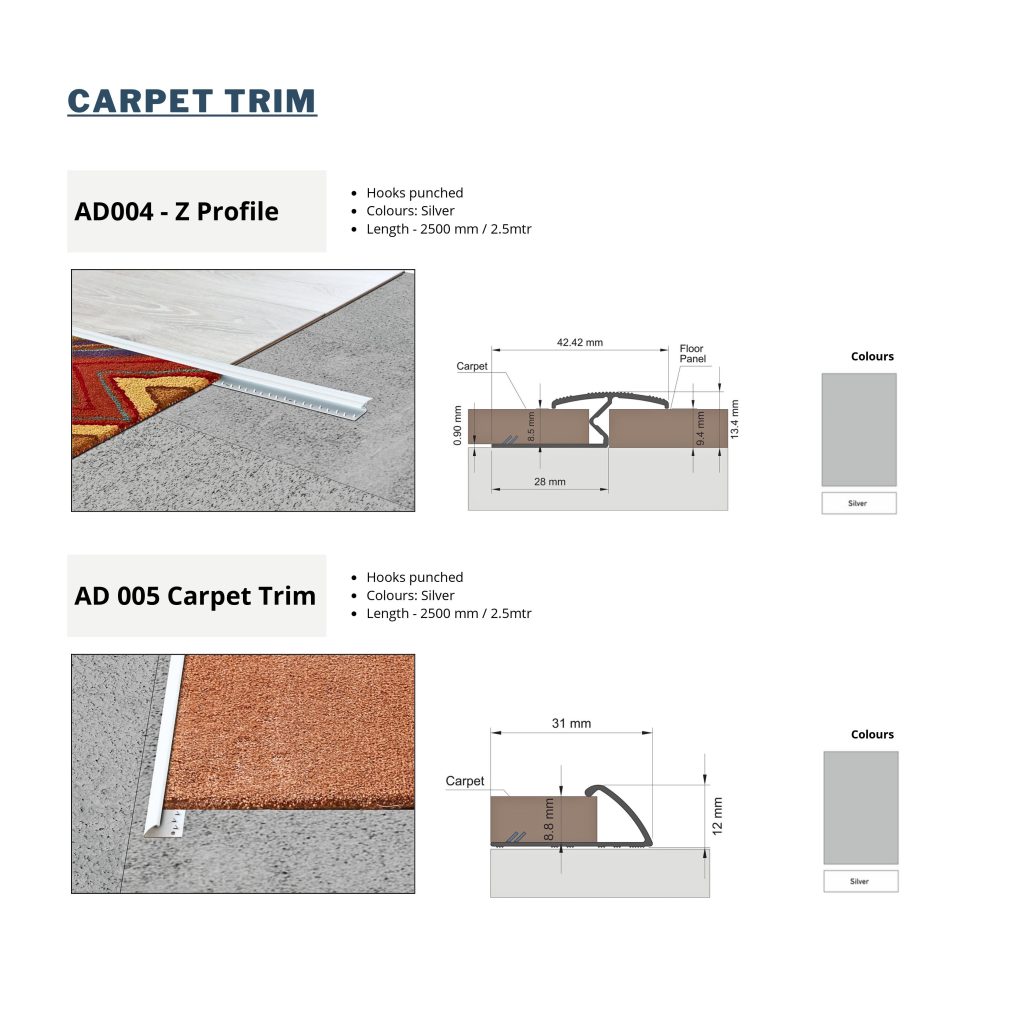- Downloads
- Design aids
- Mon - Sat: 10:00 - 18:30
Menu
Where innovation meets timeless elegance. Our laminate flooring, at home in apartments, houses, offices, and beyond, offers a touch of nature with surfaces mirroring wood or stone. Dive into a world of possibilities with our vast array of classic and trend-setting decors. Elevate your style with the timeless charm of oak, embrace modernity with tile aesthetics, and marvel at the lifelike replicas of wood or stone. From trendy adaptations to whimsical fantasy patterns, KRONOTEX empowers you to showcase your unique style. Redefine your interiors with flooring that not only impresses visually but also delights with its tactile grace. Step into a world where every step tells a story — your story. Experience KRONOTEX, where every floor becomes a canvas of creativity.
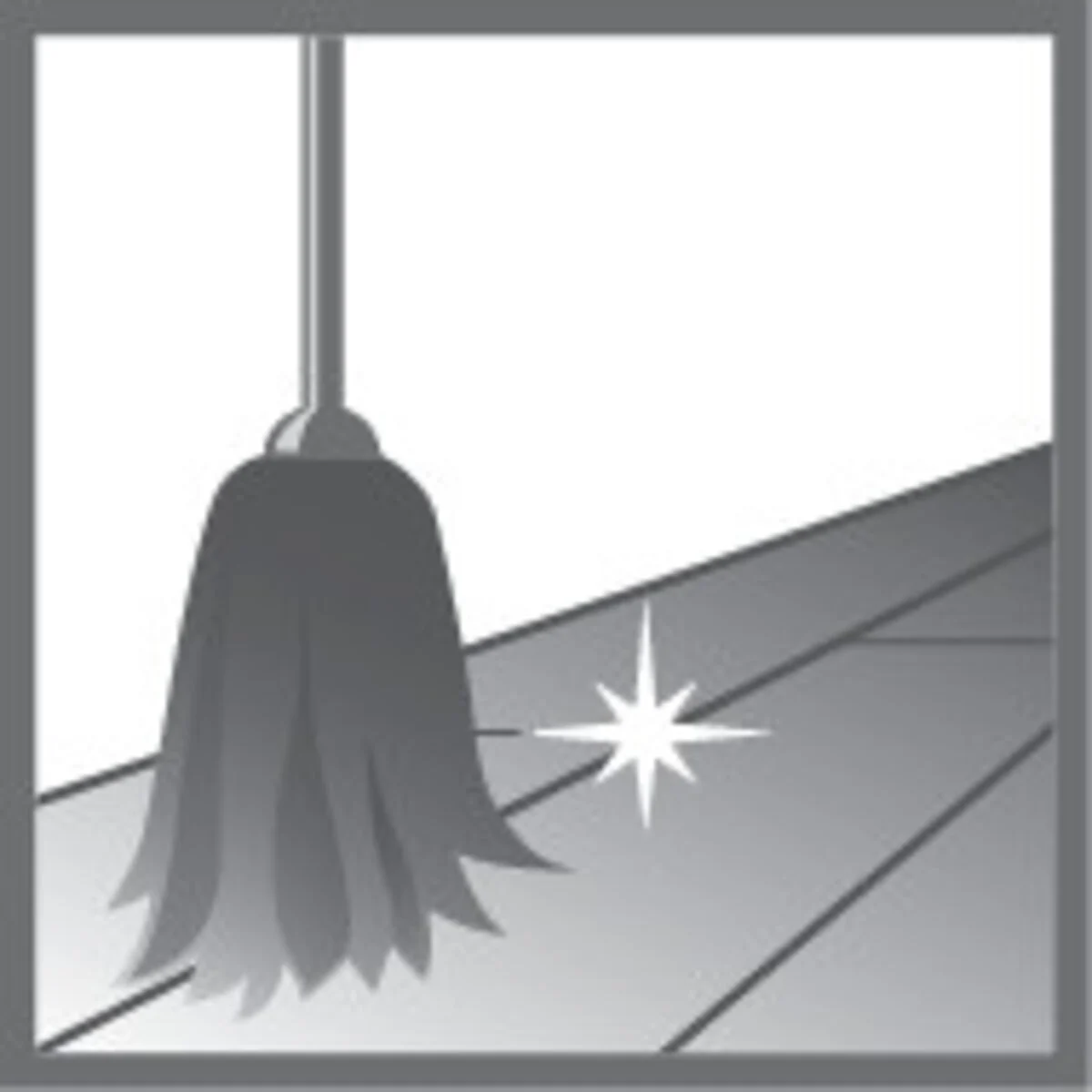
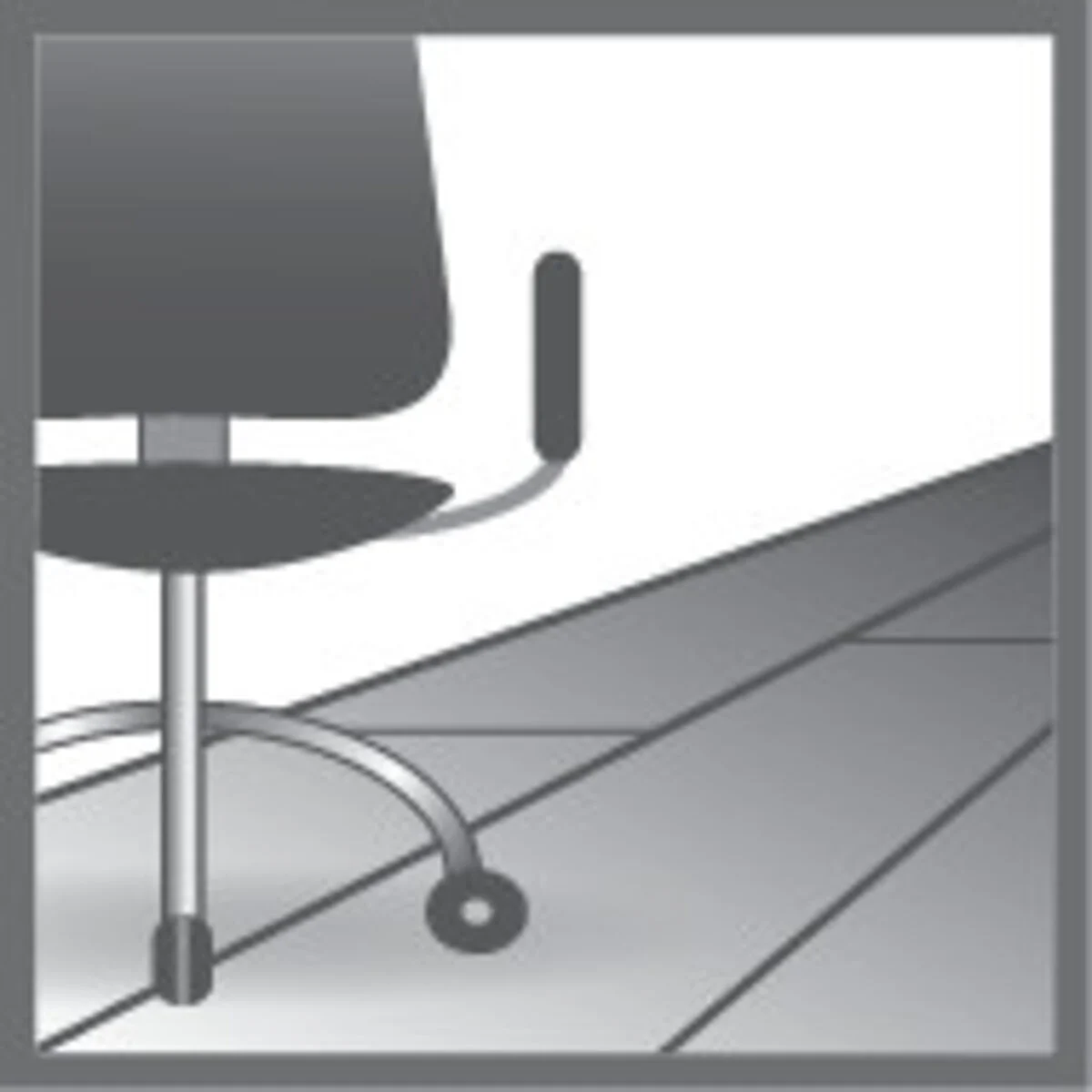
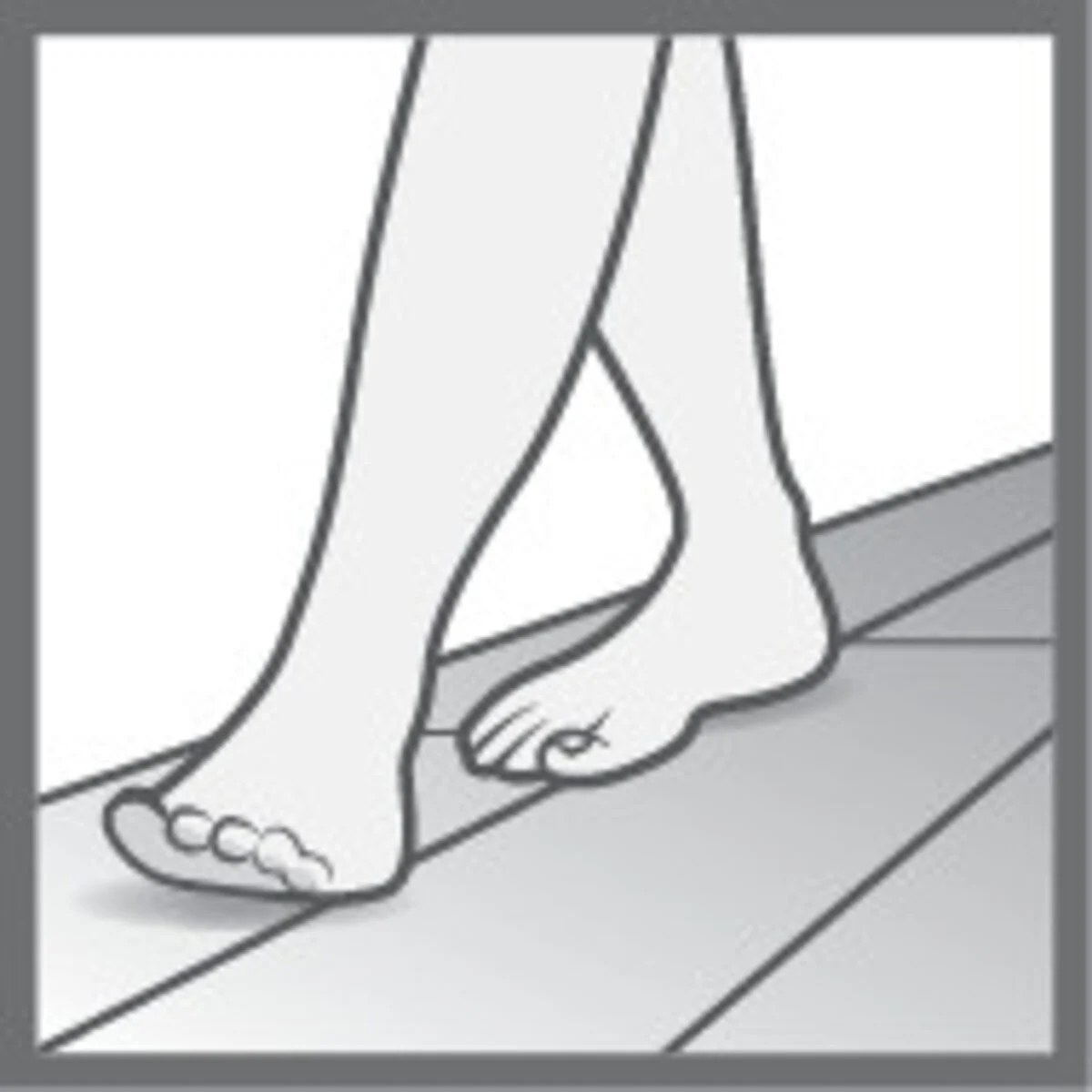


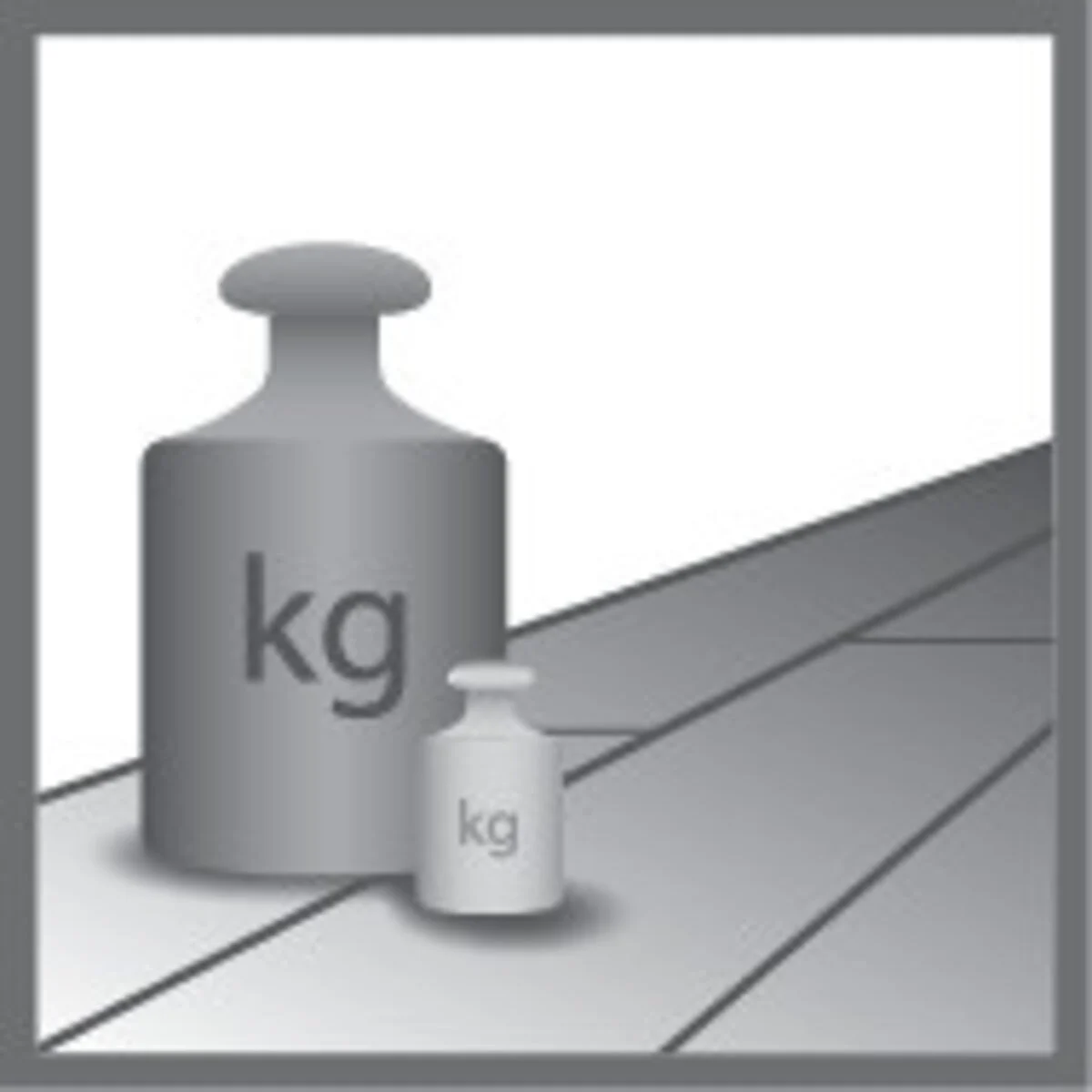
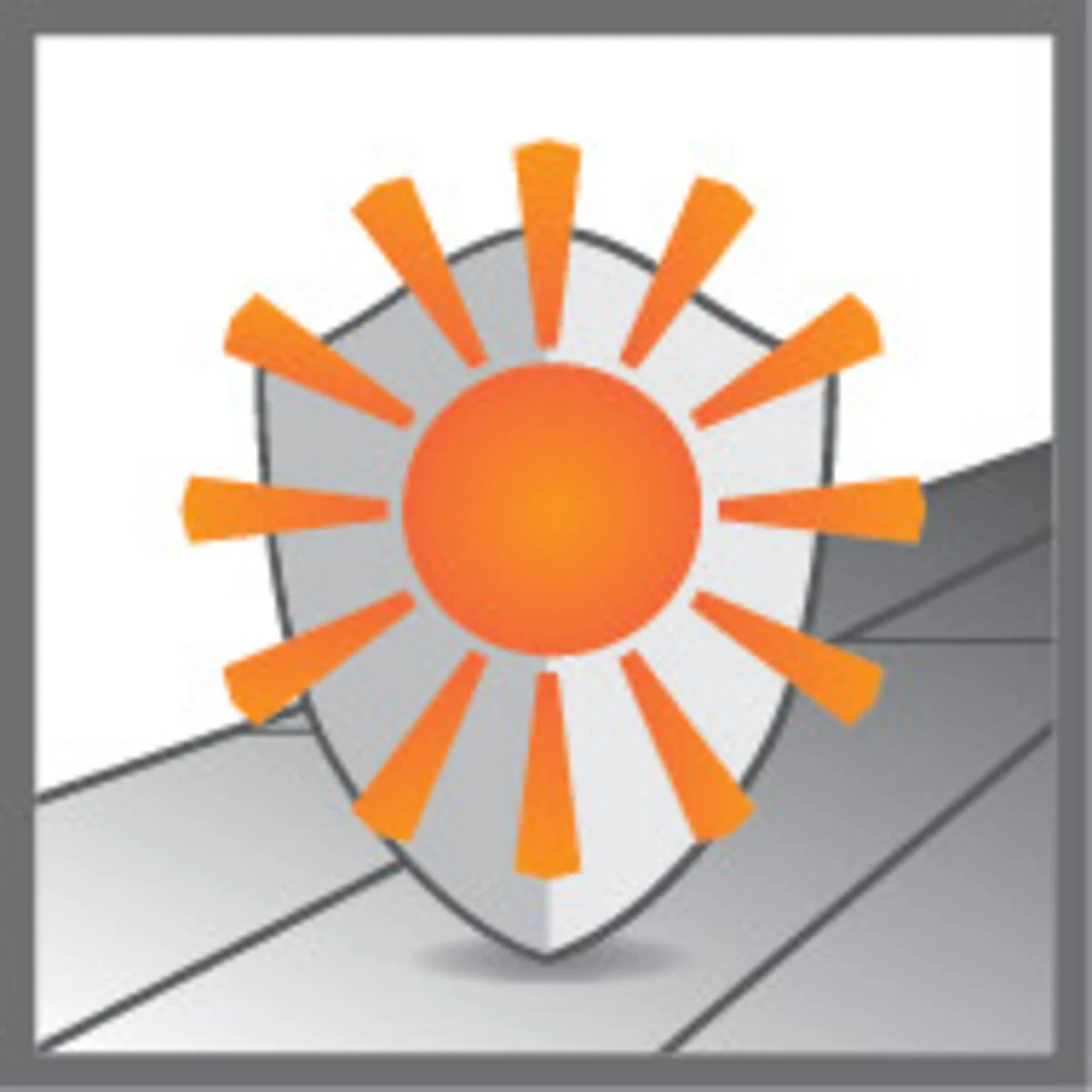
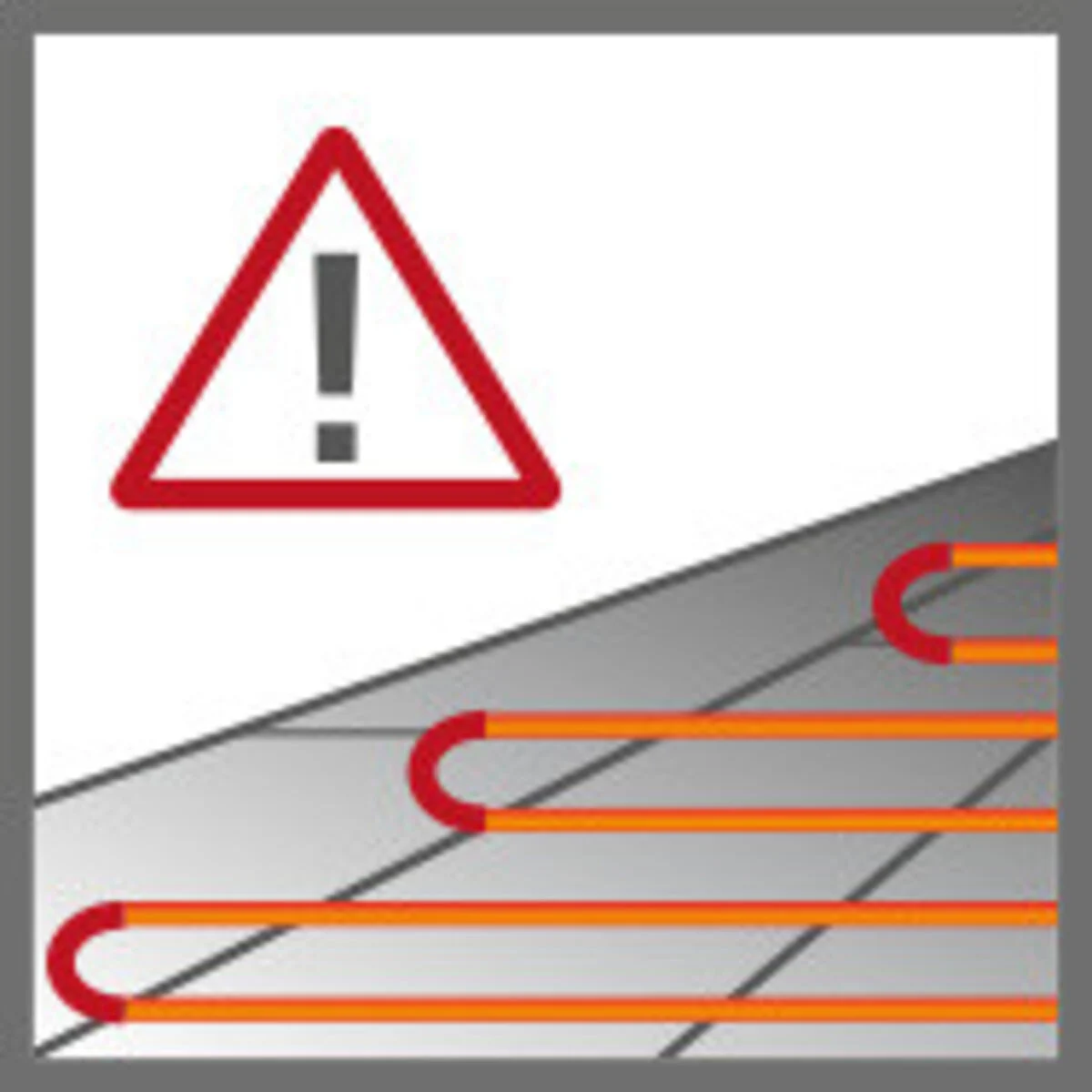


Very great professional job on installing my new flooring. I have a 100 year old home and all challenges that came with my home were handled excellent with perfect solutions.







Got questions? Find answers to the most common queries of our customers in this section.
